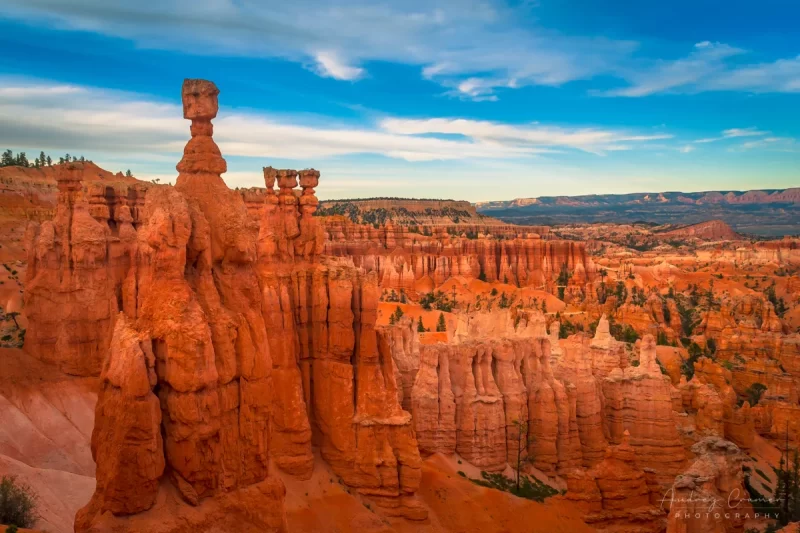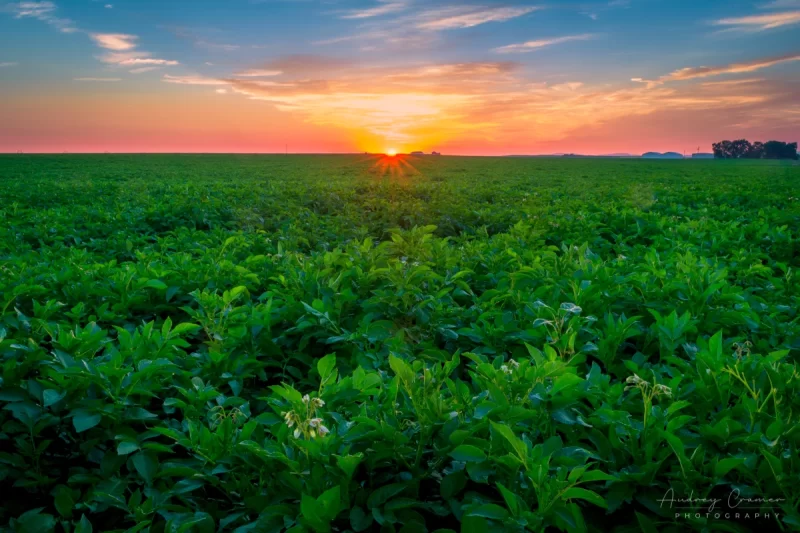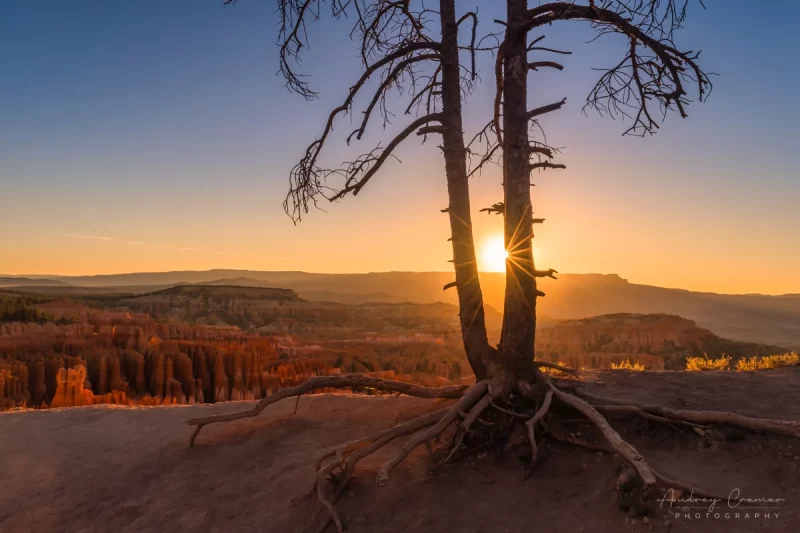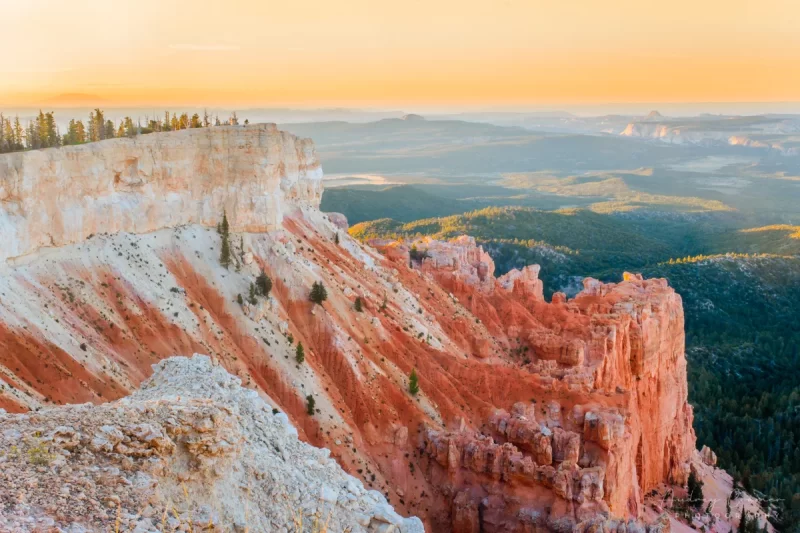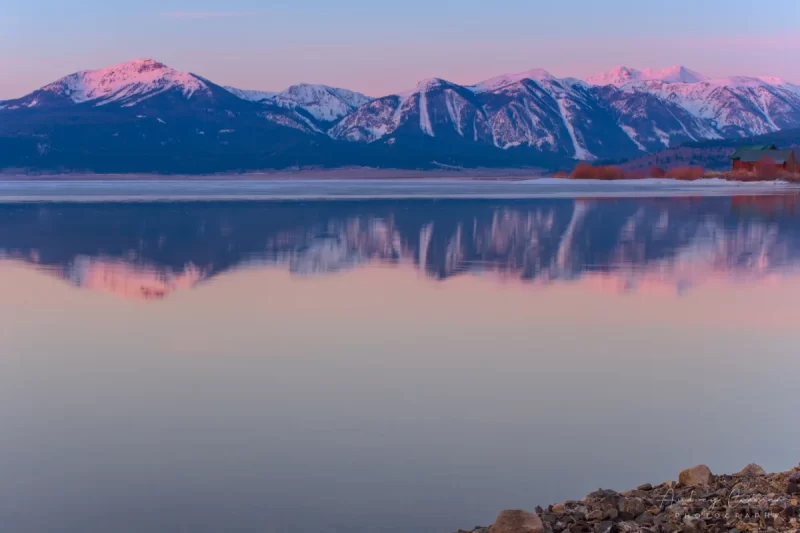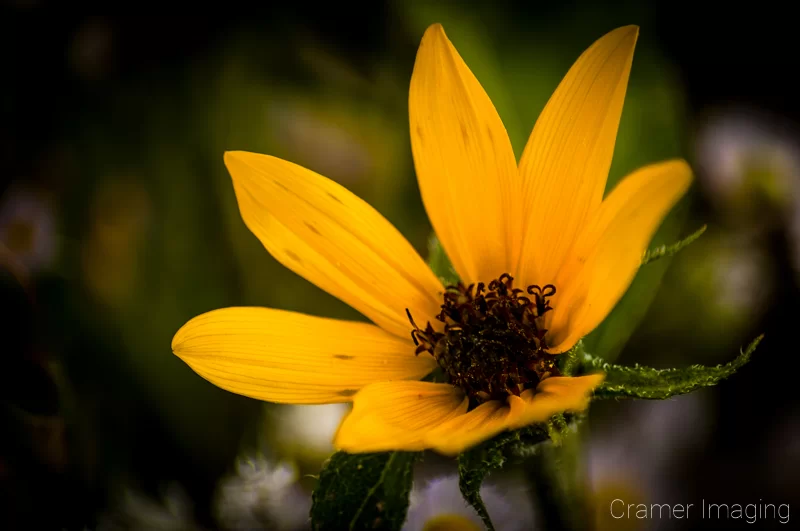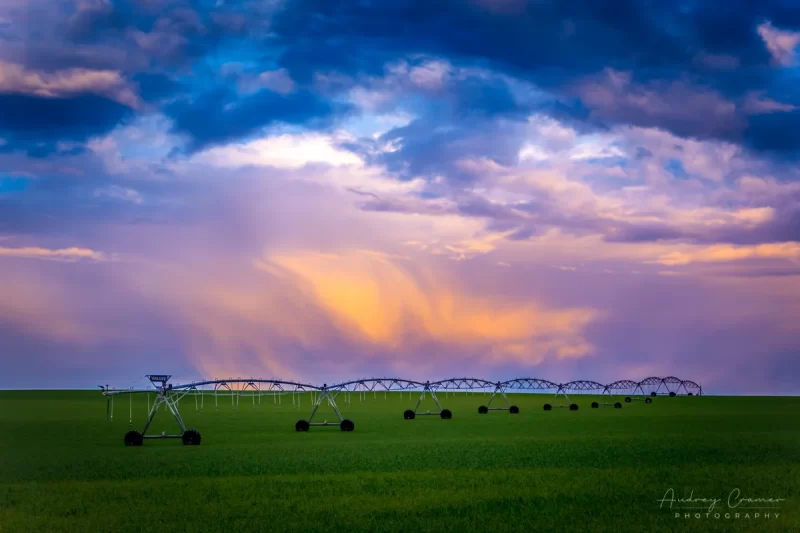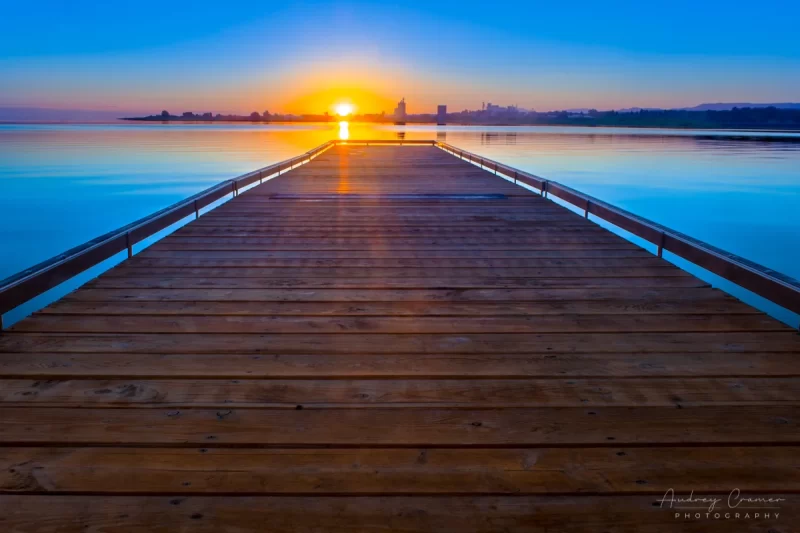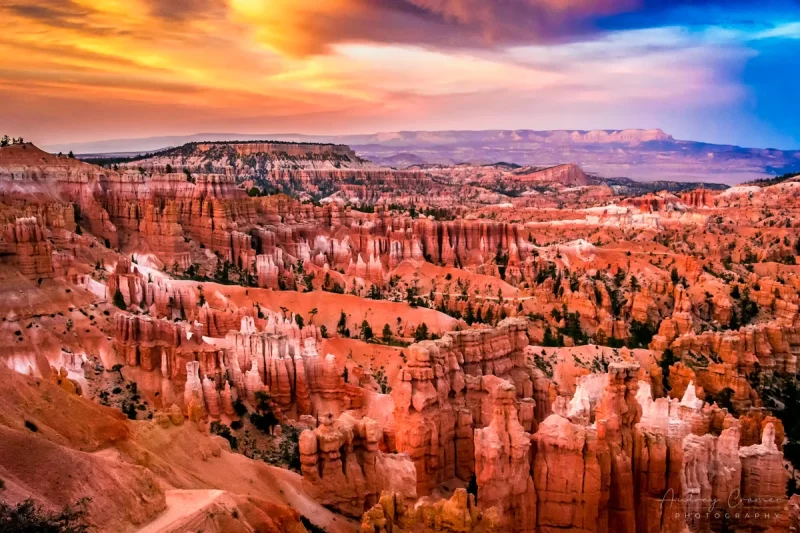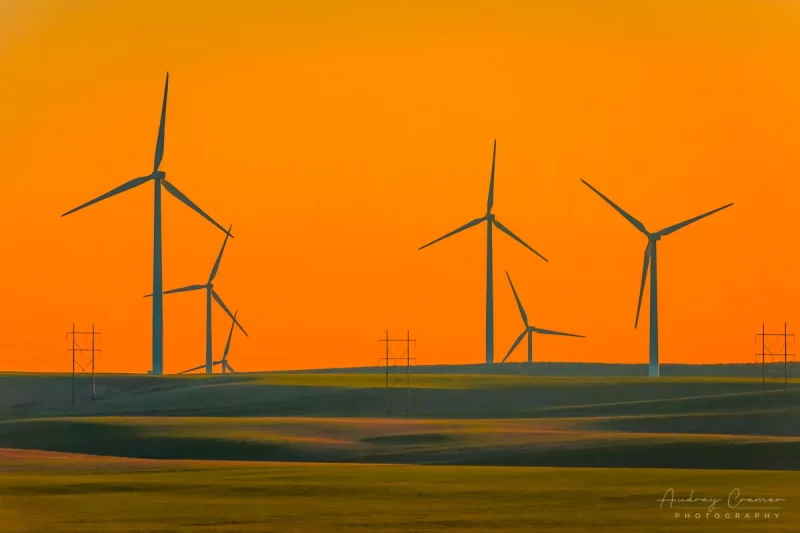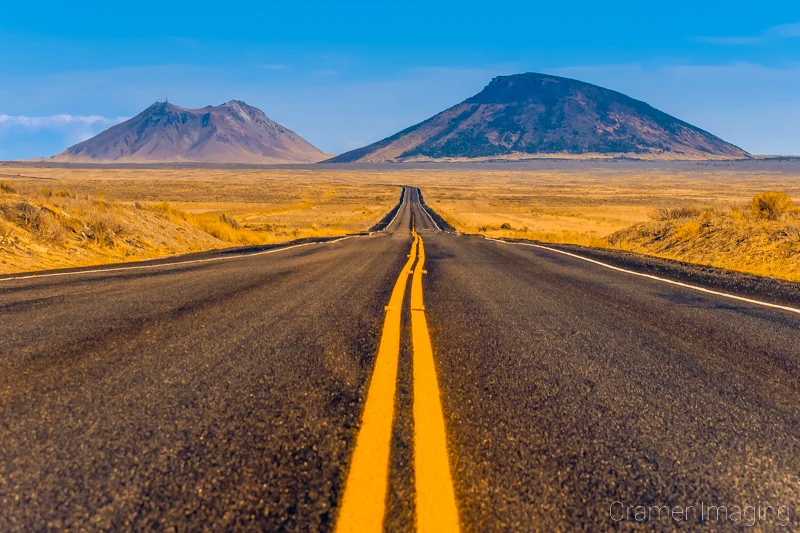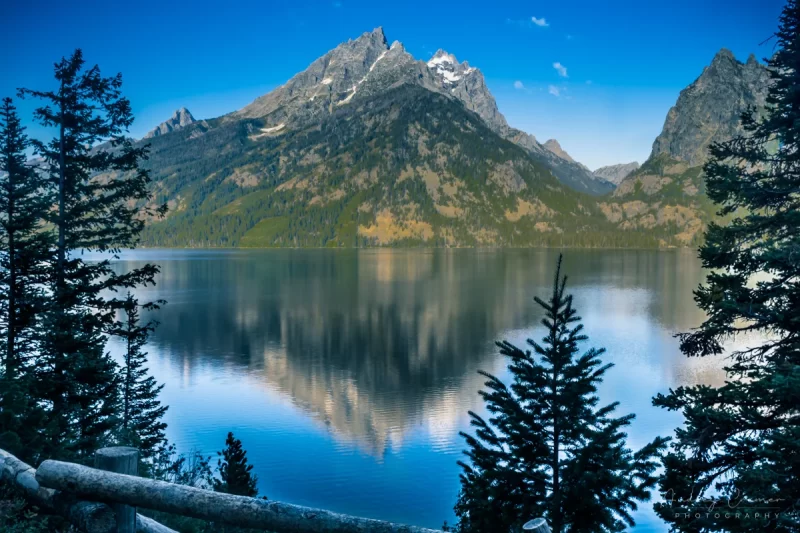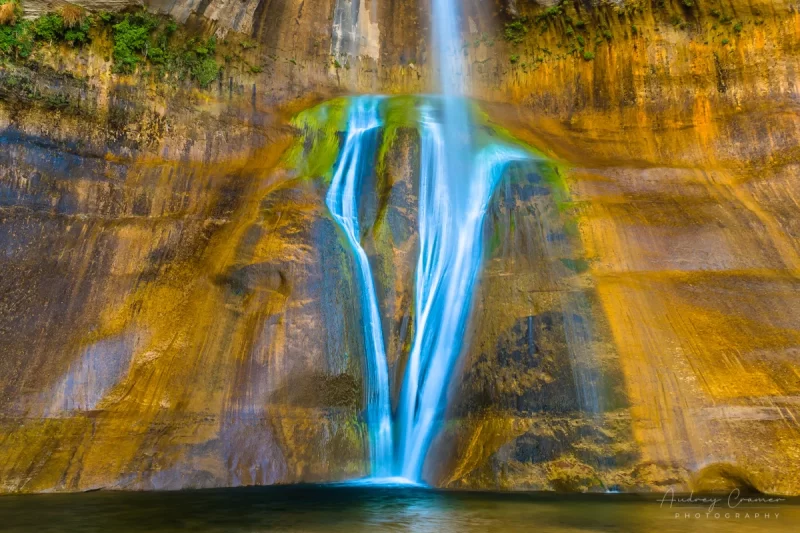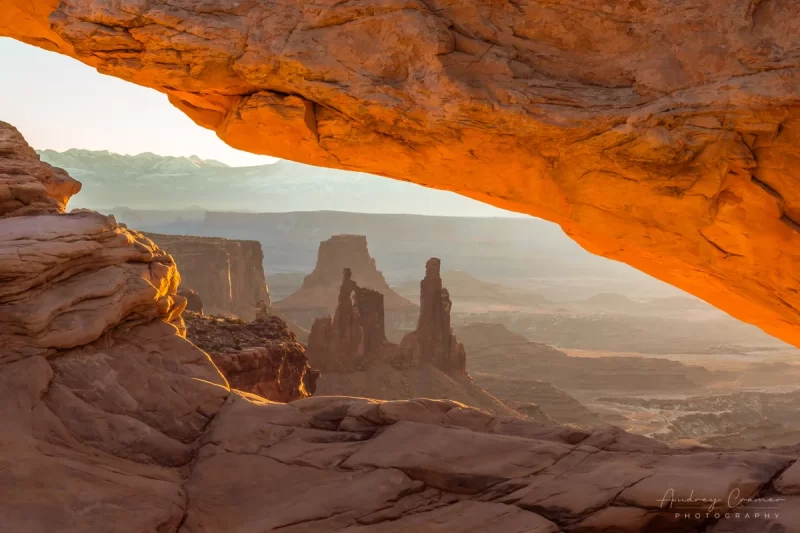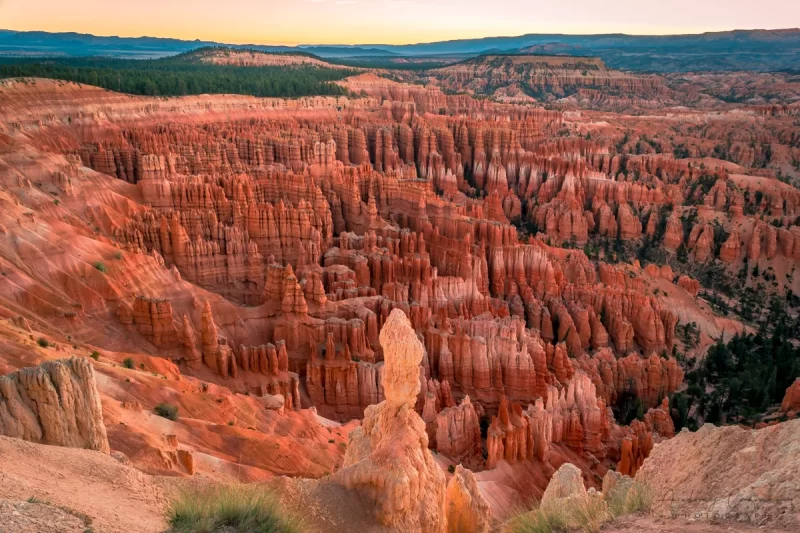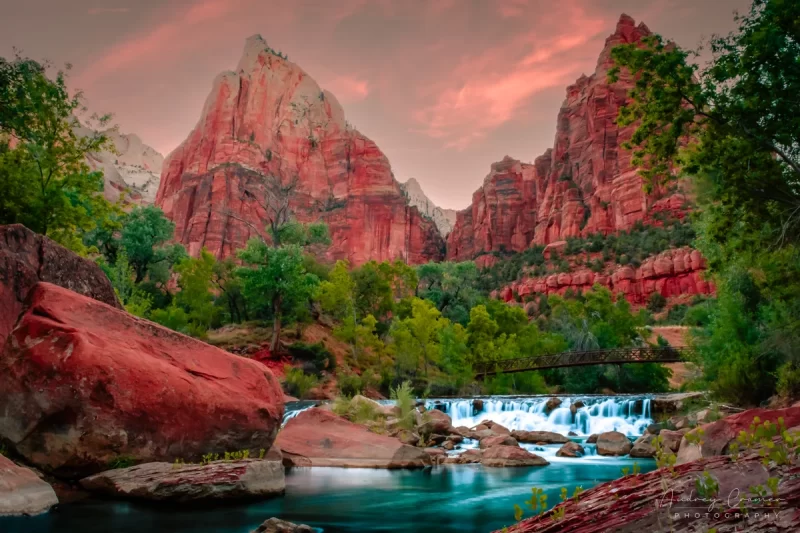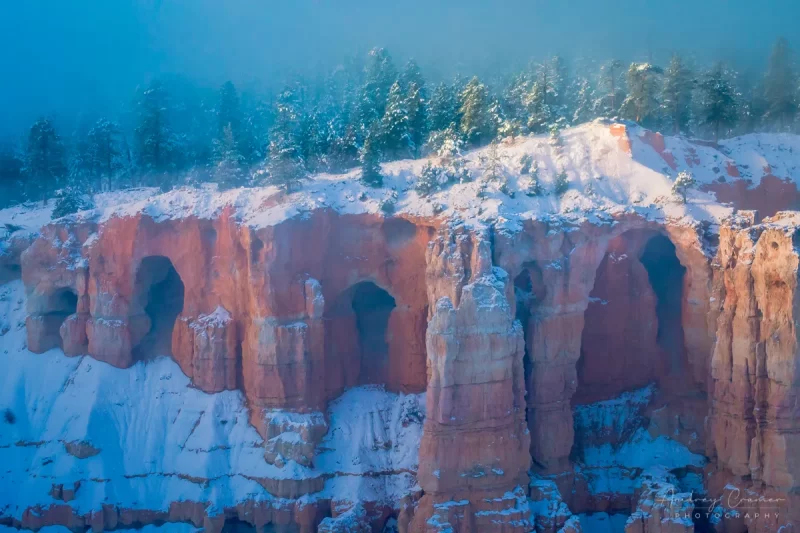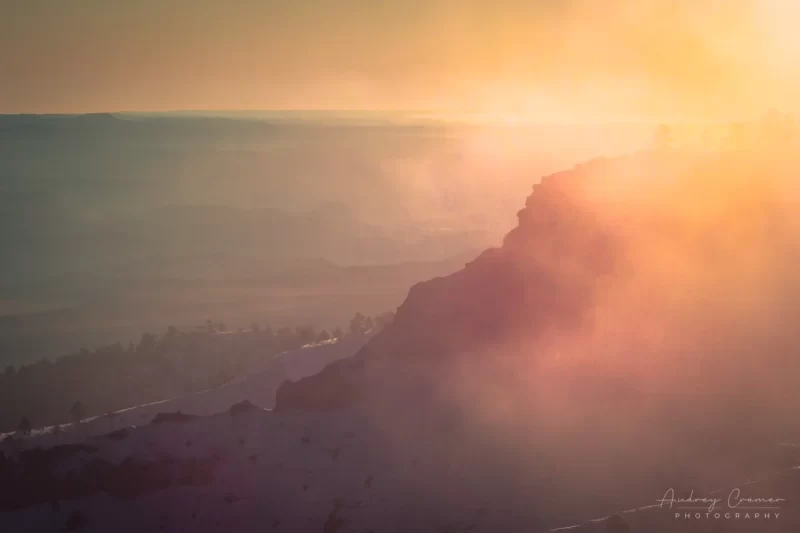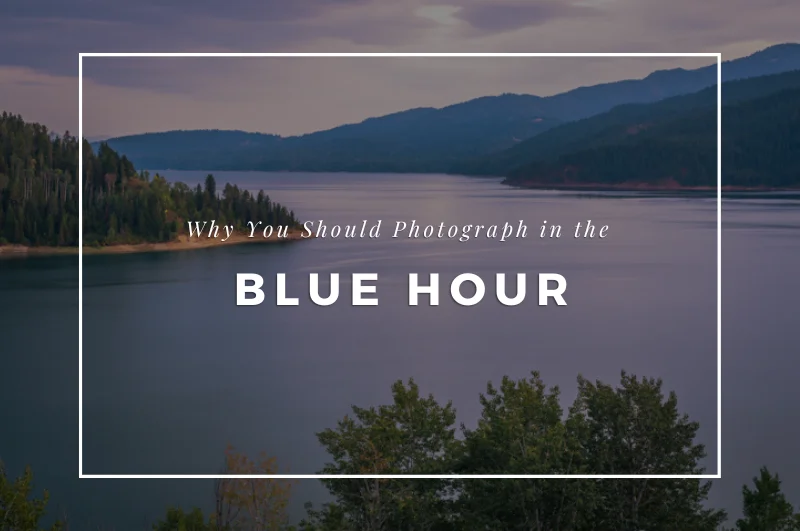In a previous article, we discussed what the “golden hour” is. Now it’s time to talk about why you, as a photographer or an aspiring photographer, should pull out your camera and start photographing subject matter during the golden hour.
If you missed my previous article or need to catch up on what the golden hour is, check out this article before continuing as it will clear up a lot of confusion for you.
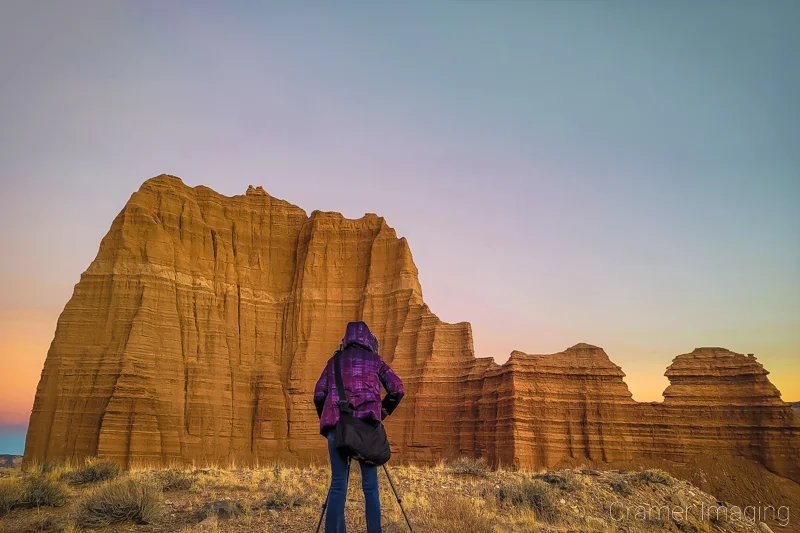
So, if you’re not already aware, the golden hour is considered the best possible light you can get for most kinds of landscape photography or other forms of natural light photography. It’s soft and also diffuse. Shadows are softer and even disappear if done right. As shown here, it flatters most subjects and makes them look their best under the natural light of the sun.
Don’t take my word for it. Check out these photos which I shot during the golden hour and tell me what you think.
No, that sunflower is not a mistake. It’s a deliberate addition to show you what subjects other than landscapes can look like in the golden hour.
Now compare these photos shown above to the few I’ve dug out of the past, as shown below. I don’t photograph much outside golden hour conditions lately, so I really had to dig. Compare the lighting conditions of these following photos to the conditions in the photos above and see if there isn’t a difference in the quality of light for you to see.
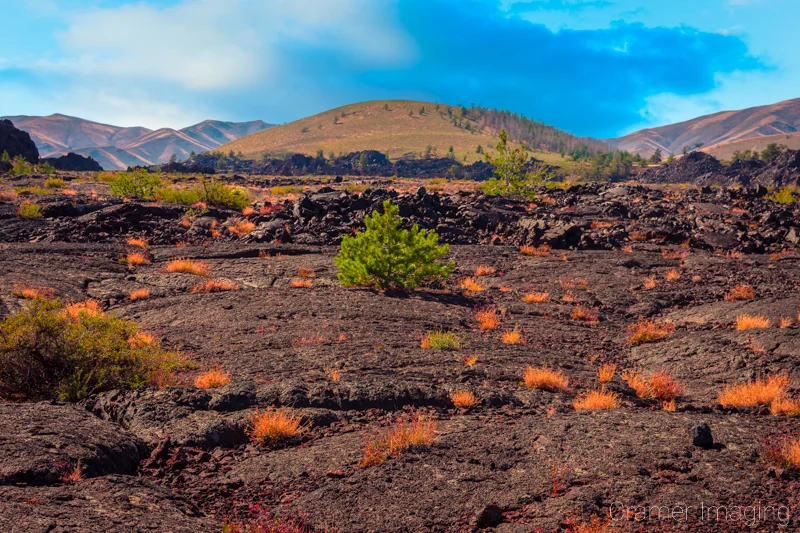
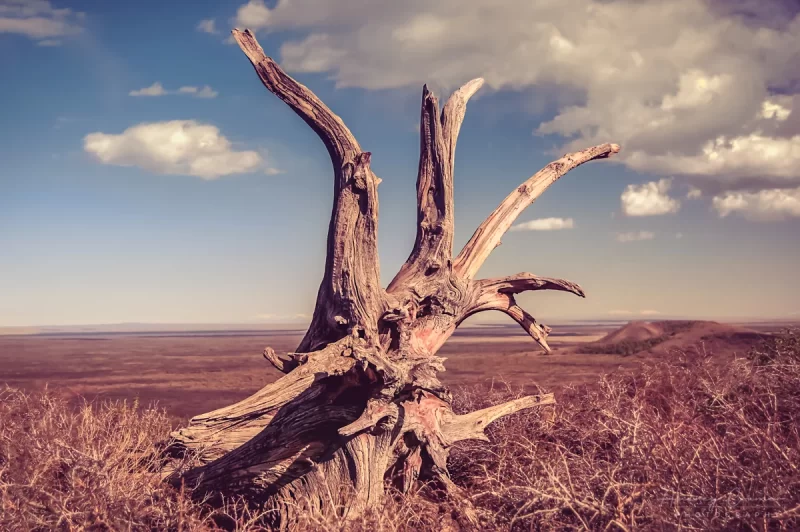
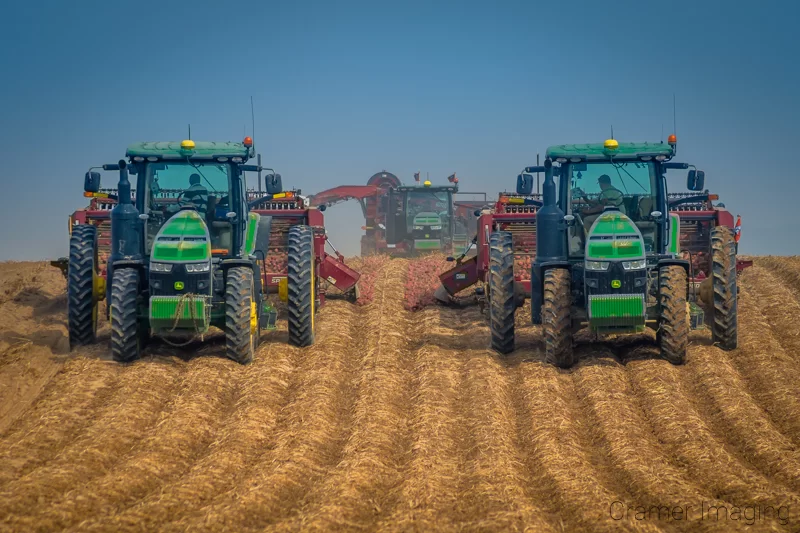
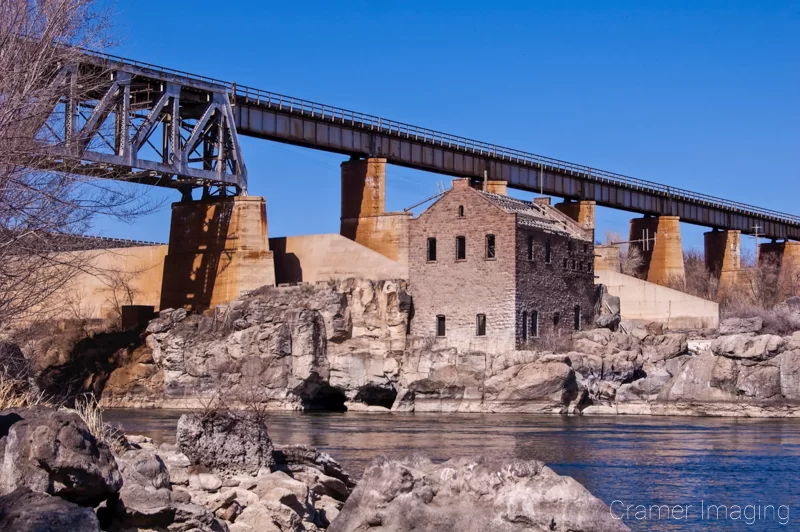
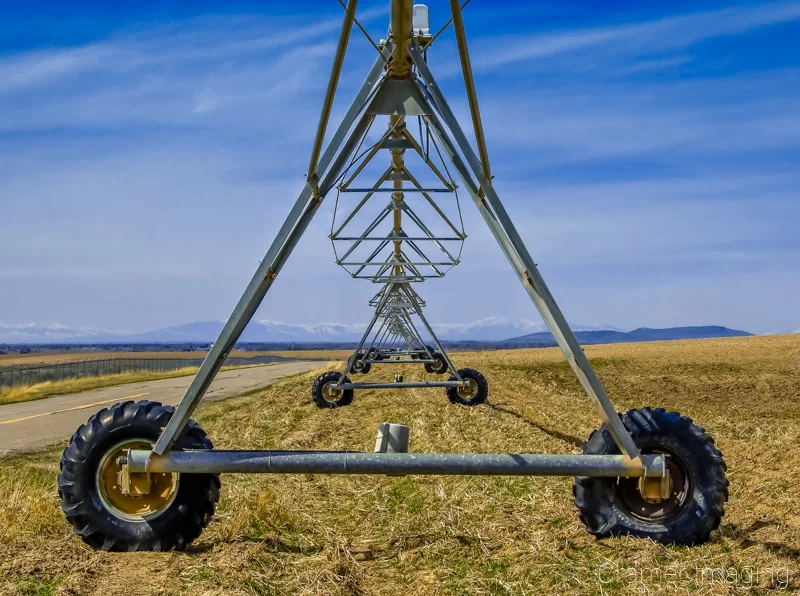
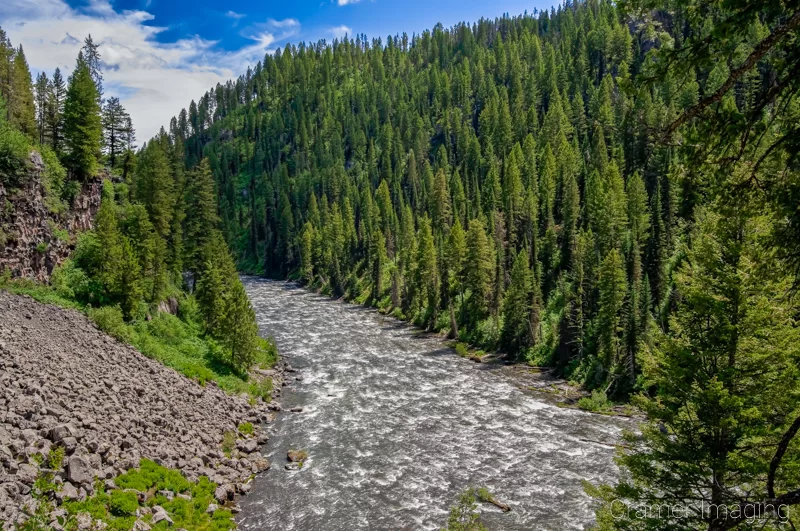
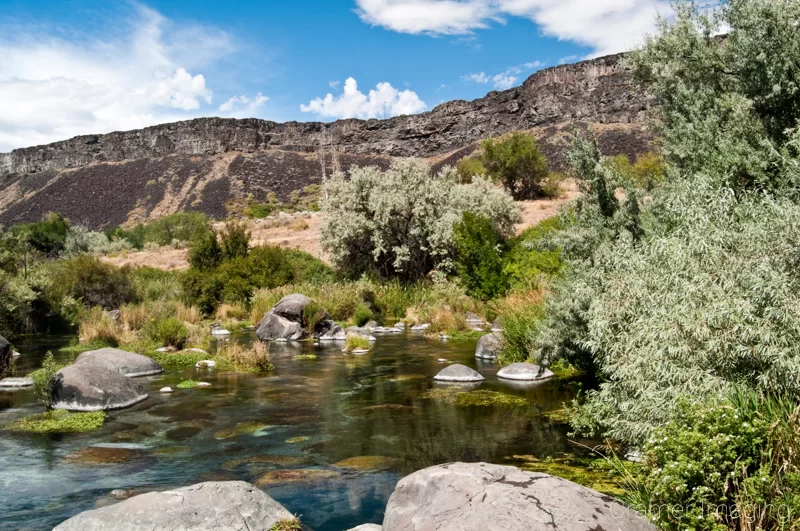
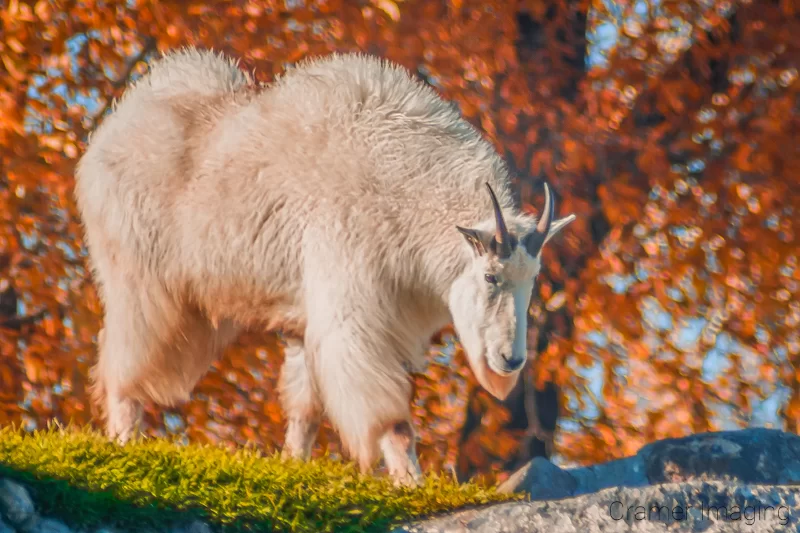
I shot all of these photos in the second group in direct sunlight. There might have been a few clouds overhead but, from studying them, it becomes obvious there is a difference in the light quality. Some of these photos I’m proud of. Some of them, well, I was still learning. I told you I had to dig deep. Now, perhaps, you may perceive just how deep I needed to dig.
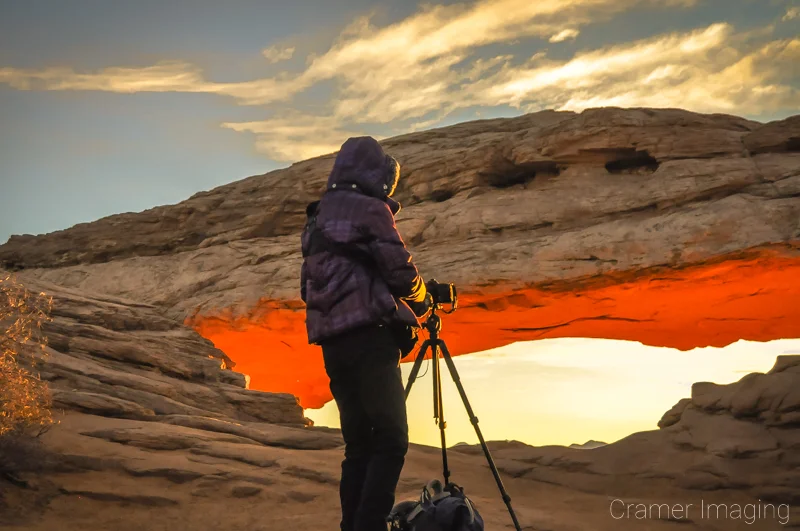
When comparing the previous group of photos to the first, there is simply no comparison. The top group looks far better than the other group. This is because I photographed them in the best light: golden hour. The second group was not.
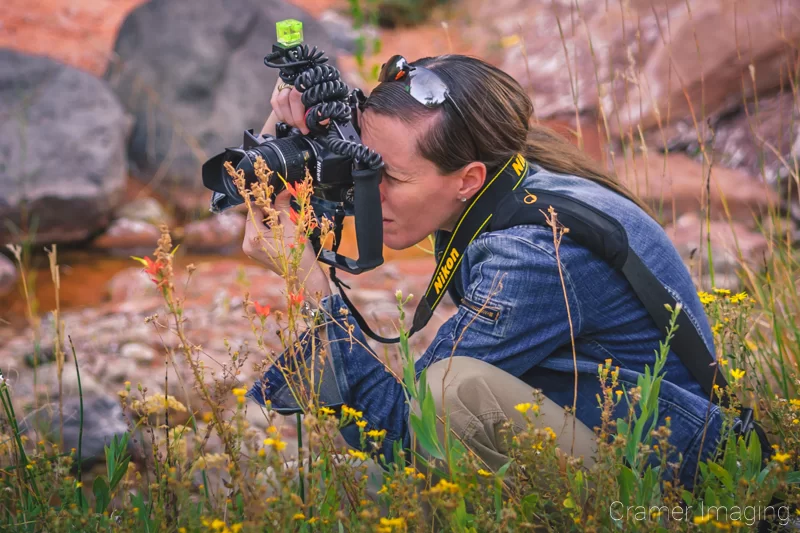
The benefits of golden hour are not restricted to landscape photography and nature photography either. Wedding and portrait photographers can greatly benefit from the soft and dulcet colors which golden light bestows upon the land. I’m not a wedding or portrait photographer otherwise I would show you some examples there. However, the flower and animal photos ought to say quite a bit for smaller and closer subjects than distant mountains.
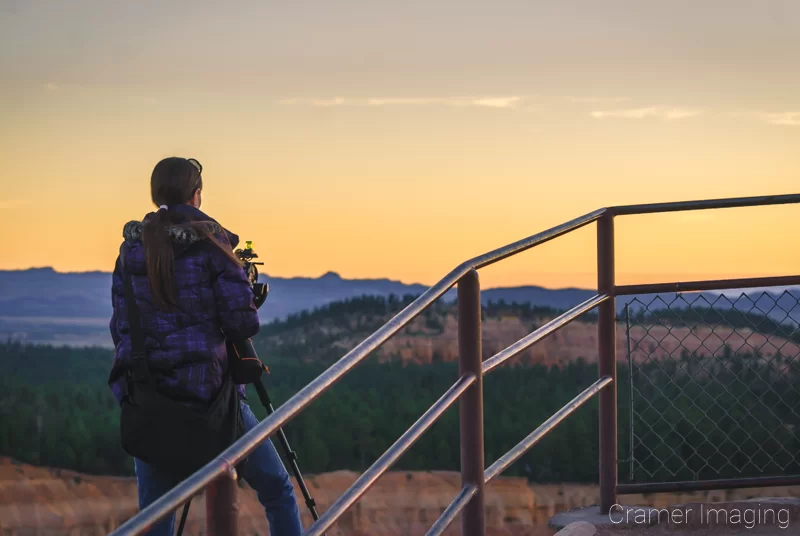
When you can take photos like these below, why would you choose to photograph at any other time of day? Ok, there’s blue hour, but that that’s for a different article.

